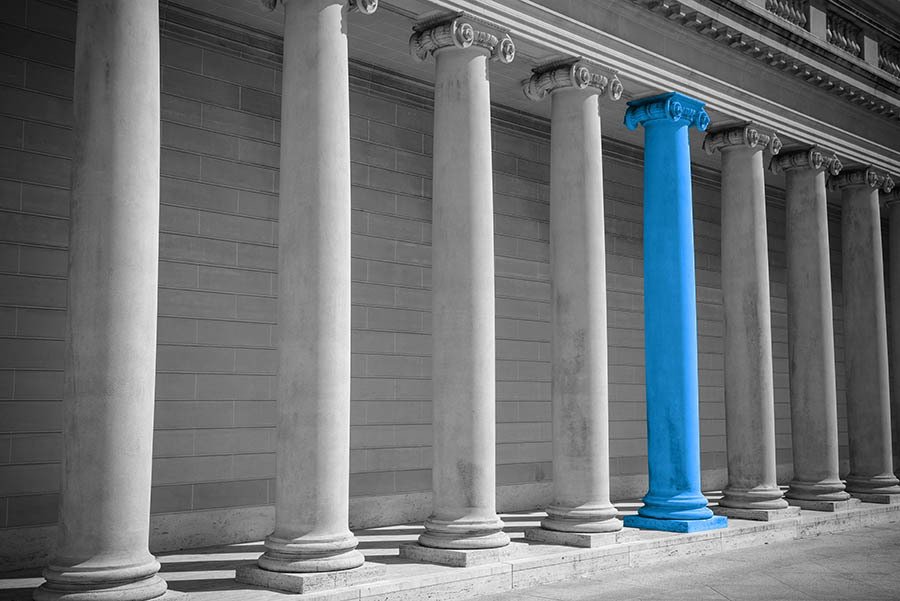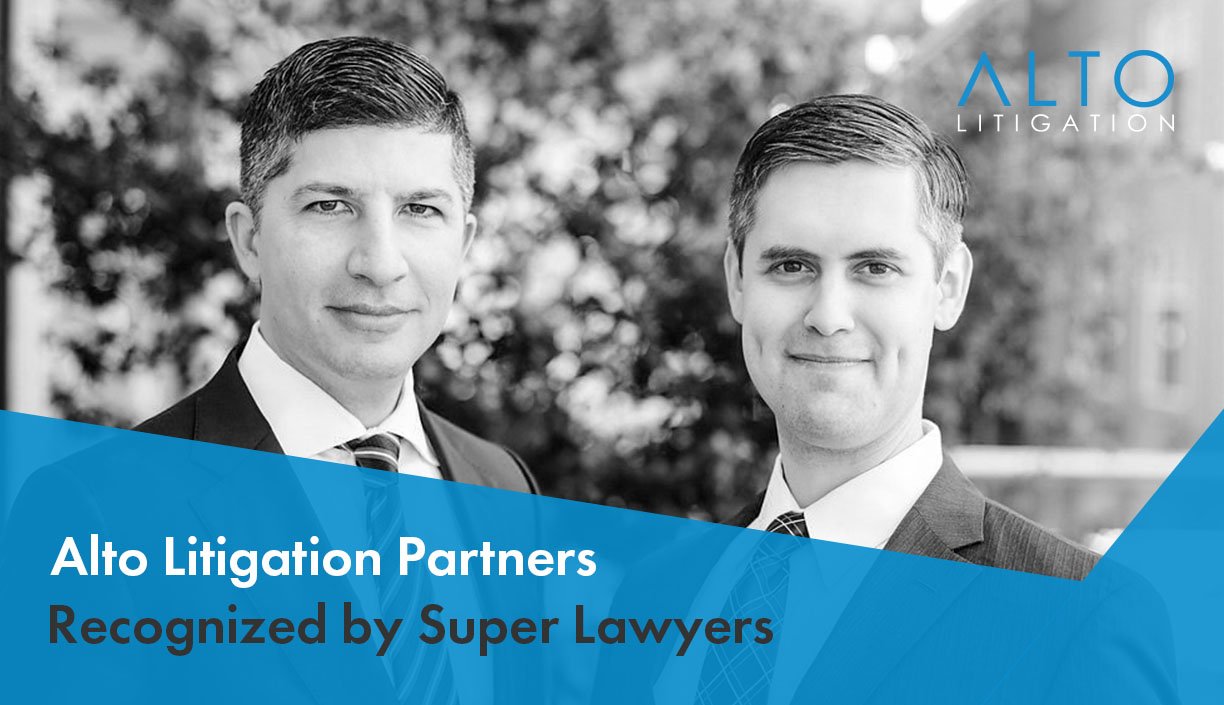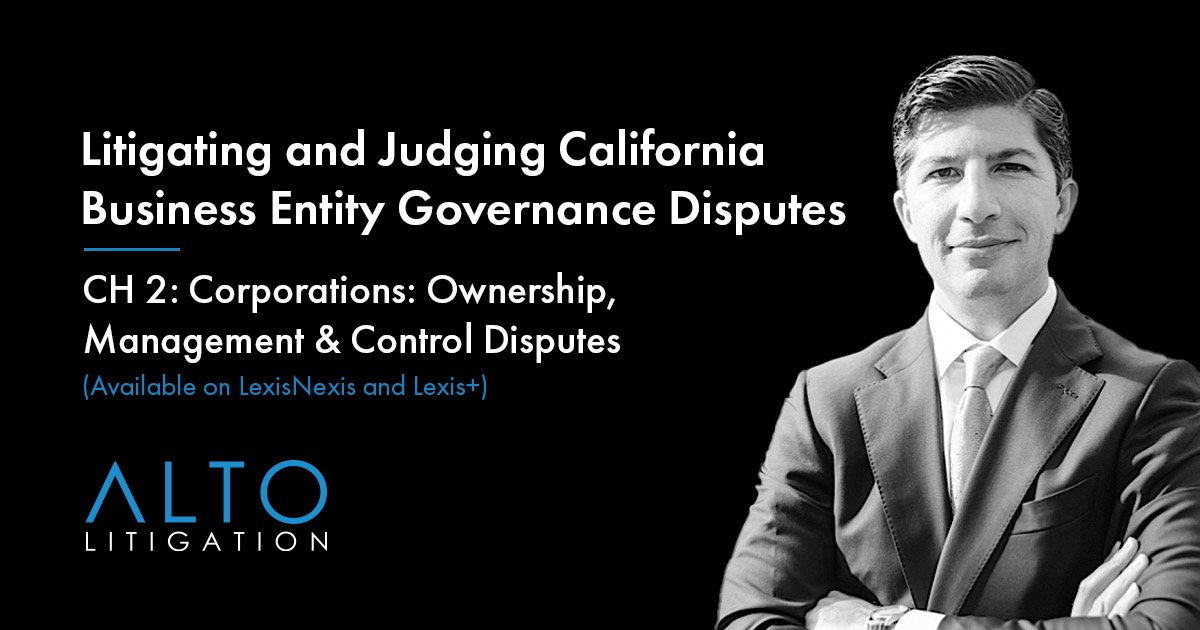Litigation is rarely simple, but there are complex cases, and then there are “complex cases.”
A “complex case” is an action that requires exceptional judicial management to avoid placing unnecessary burdens on the Court or the litigants. The designation is intended to expedite the case, keep costs reasonable, and promote effective decision-making by the court, the parties, and counsel. California Rule of Court 3.400(b) sets forth five criteria for the court to consider in determining whether a case should be treated as complex. Those criteria are whether the action is likely to involve:
Numerous pretrial motions raising difficult or novel legal issues that will be time-consuming to resolve;
Management of a large number of witnesses or a substantial amount of documentary evidence;
Management of a large number of separately represented parties;
Coordination with related actions pending in one or more courts in other counties, states, or countries, or in a federal court; or
Substantial post-judgment judicial supervision
While the court has the final say in whether a given case qualifies as complex, it likely will not undertake such an analysis unless prompted by one or both parties through a complex case designation (or counter-designation).
Here are five reasons why you may want to consider designating your case as complex:
(1) Complex Cases are Assigned to Individual Judges
Unlike the typical case filed in California Superior Court, which may pass through multiple judicial hands, a complex case is assigned to the same judge for the entire life of the proceeding. This will lead to a more educated judge, which in turn leads to better case management.
This may be particularly important in a complicated securities or trade secrets dispute, where the Court’s ability to internalize new and unfamiliar fact patterns may prove essential to effective case management—and even resolution on the merits. With a single presiding judge, the parties will also benefit from tailoring their arguments to that judge’s preferences and past rulings, as expressed in both the current and past cases.
Finally, complex case departments generally have a small number of complex judges. Indeed, San Francisco Superior Court has only two judges within the complex case department; Santa Clara Superior Court has only one judge. With this known universe of highly respected judicial officers, a party may readily predict which judicial officer will oversee its case before filing suit, leading to more predictable outcomes.
(2) A Case Management Schedule Tailored to Your Client’s Needs.
In a complex matter, a judge may depart from the California Rules of Court relating to pleadings, demurrers, ex parte applications, motions, discovery, provisional remedies, and the format of filings. Volkswagen of America, Inc. v. Super. Ct. 94 Cal. App. 4th 695, 704-05 (2001).
This gives both the Court and the parties leeway to fashion a case schedule tailored to the needs of the case that are not necessarily called for by the default California rules. For example, parties often find it beneficial to include serial deadlines for completing document production, final interrogatory responses, fact depositions, requests for admissions, expert disclosures, expert depositions, dispositive motions, and the pre-trial order.
A complex designation empowers the Court with the flexibility to impose and adjust these and other discovery deadlines as needed within the scheduling order to ensure an orderly resolution of the case.
(3) Flexible Discovery Procedures
Many litigants also appreciate the more flexible discovery procedures typically offered in the complex setting. For example, the San Francisco Superior Court’s Complex Department automatically stays the deadline to file a motion to compel, normally required within 45 days of receiving a discovery response.
This does away with the tedious practice of requiring the parties to stipulate to any such extensions, often inevitable in cases with voluminous document productions that neither side can realistically complete within the 45-day window.
Complex courts also routinely adopt more informal mechanisms to resolve discovery (and sometimes non-discovery) disputes in lieu of formal motion practice.
The San Francisco Complex Department offers another choice example. Eschewing formal motion practice, the parties are instructed to contact the Court to schedule an informal discovery conference when a dispute arises. The parties should provide a joint five-page letter outlining the nature of the discovery dispute.
In our experience, this procedure is usually sufficient to resolve discovery disputes short of more costly and time-consuming motion practice. Given the number of discovery disputes that often arise in complex cases, we find these expedited procedures a superior alternative to resolving discovery disputes with the more burdensome formal briefing called for by the California Code of Civil Procedure.
(4) Managing ESI Discovery
A judge assigned to a complex case is much more likely to have a solid foundation in managing discovery disputes involving large amounts of electronically-searchable information (“ESI”).
Winning or losing your case may hinge on your ability to obtain the relevant evidence that may exist in these formats. At the same time, the sheer amount of data that may arguably be responsive to a facially reasonable discovery request may impose huge cost burdens on a responding party.
This often becomes a fundamental pressure point in modern litigation, where the parties will need to negotiate the production of ESI from individual custodians, non-custodial resources, and instant messaging platforms.
The parties are also often required to engage in the tedious but necessary process of iterating search terms. If a dispute arises, a steady judicial hand is essential to help the parties arrive at the correct balance between uncovering the relevant evidence while avoiding unreasonable discovery burdens.
A complex judge is much more likely to have the required experience with the modern information technology platforms underlying these disputes.
(5) Protective Orders
Another benefit of designating a case as complex relates to the relative ease of obtaining a robust protective order. These protective orders are often necessary in complex cases involving highly confidential information and trade secrets.
The parties will benefit from working with an experienced jurist who is sensitive to the disclosure of confidential business matters. Many complex departments even offer model protective orders that include robust protections.
For example, the Santa Clara County Complex Division offers a model protective order that allows for the protection of “trade secrets” and “confidential business or financial information[.]” This model protective order also includes specific procedures for filing confidential information under seal, an extremely useful standard for streamlining the sealing process that otherwise lacks clarity in the California Civil Procedure Code.
* * *
Please contact Alto Litigation partners Bahram Seyedin-Noor (bahram@altolit.com) or Bryan Ketroser (bryan@altolit.com) if you require counseling on a securities litigation matter.
****
Disclaimer: Materials on this website are for informational purposes only and do not constitute legal advice. Transmission of materials and information on this website is not intended to create, and their receipt does not constitute, an attorney-client relationship. Although you may send us email or call us, we cannot represent you until we have determined that doing so will not create a conflict of interests. Accordingly, if you choose to communicate with us in connection with a matter in which we do not already represent you, you should not send us confidential or sensitive information, because such communication will not be treated as privileged or confidential. We can only serve as your attorney if both you and we agree, in writing, that we will do so.
The materials on this website are not intended to constitute advertising or solicitation. However, portions of this website may be considered attorney advertising in some states.
Unless otherwise specified, the attorneys listed on this website are admitted to practice in the State of California.
¹ https://www.scscourt.org/court_divisions/civil/complex/Model%20Confidentiality%20Order.pdf
















